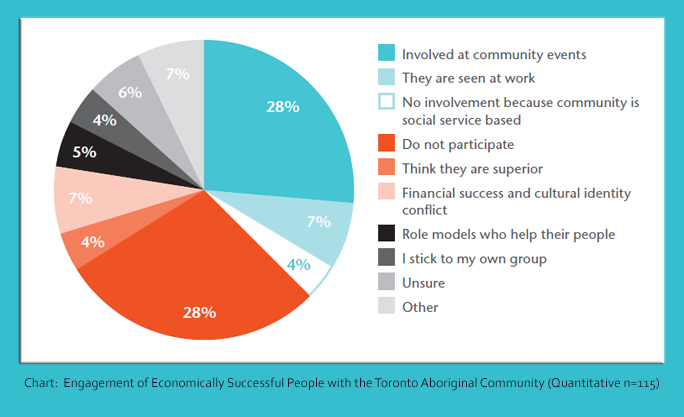Research is about gaining an understanding, or explaining, a social phenomenon; in the case of TARP, the situation of Aboriginal people in Toronto. A central task of research, therefore, is to accurately represent and draw conclusions based on empirical evidence about the topics that are studied in as credible and defensible way as possible. Good research must meet the standards of validity (the degree to which the findings accurately represent the social phenomenon and can be generalized to the larger population being sampled) and reliability (the degree to which the study can be replicated by other studies which result in similar findings). The research methods are critical to the success of the study.
Research methodology is a set of procedures that are based on systematic observation and logical rules for drawing inferences from observations. There are a variety of methods that can be used in a study, each having different strengths and weaknesses. One way to divide different research methods is to distinguish between quantitative and qualitative approaches.32 While both approaches focus on evidence-based research, quantitative methods make the assumption that individuals or groups tend to act in certain patterned ways upon which generalizations (going from the particular to the whole) can be made based on empirical evidence.33 It tends to be characterized by the objectivity (unbiased and value free) of the researcher, measurement through standardized instruments (e.g. questionnaires and structured interviews), large samples representing the population being studied, the quantification and statistical analysis of data and causal inferences about the findings.
Qualitative approaches, on the other hand, attempt to capture data on perceptions of participants ‘from the inside’ through interpreting actions in terms of meanings people bring to them. Rather than looking for patterns of behaviour and generalizations from a group, qualitative approaches focus on individual cases. There is an attempt to gain a ‘holistic’ overview of the context in a naturalistic setting believing that rich descriptions of the social world are valuable to acquire an in-depth understanding of social phenomenon. Qualitative researchers use approaches such as ethnography, observation, open-ended interviews, case studies, life histories, focus groups, historical narratives and photographic analysis.
It should be emphasized that both approaches are valid research methods, each with their own strengths and limitations. Quantitative methods allow for a breadth of understanding from a large number of respondents whereas qualitative approaches gain a more in-depth appreciation of the topics under study. The methodologies can be complementary. Indeed, many studies utilize triangulation or a combination of approaches to gain a more complete understanding of the subject. This is the approach taken by the TARP study. Quantitative methods (survey questionnaire and structured interviews) are used in combination with qualitative methods (focus groups, life histories, case studies and photovoice) to gain a broad-based in-depth understanding of the situation of Aboriginal people residing in Toronto.

